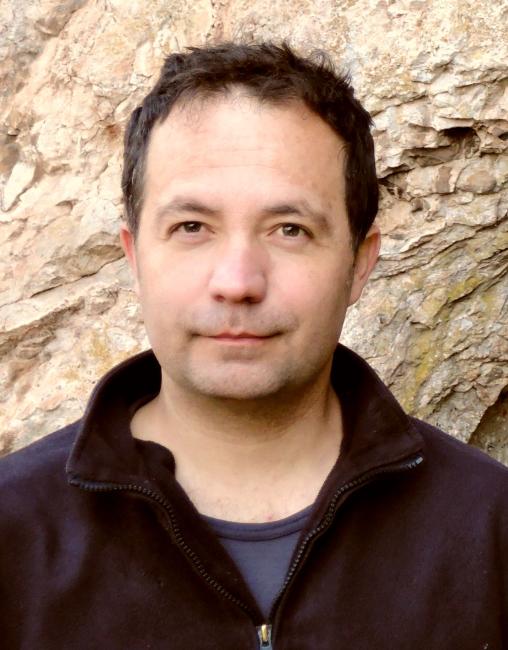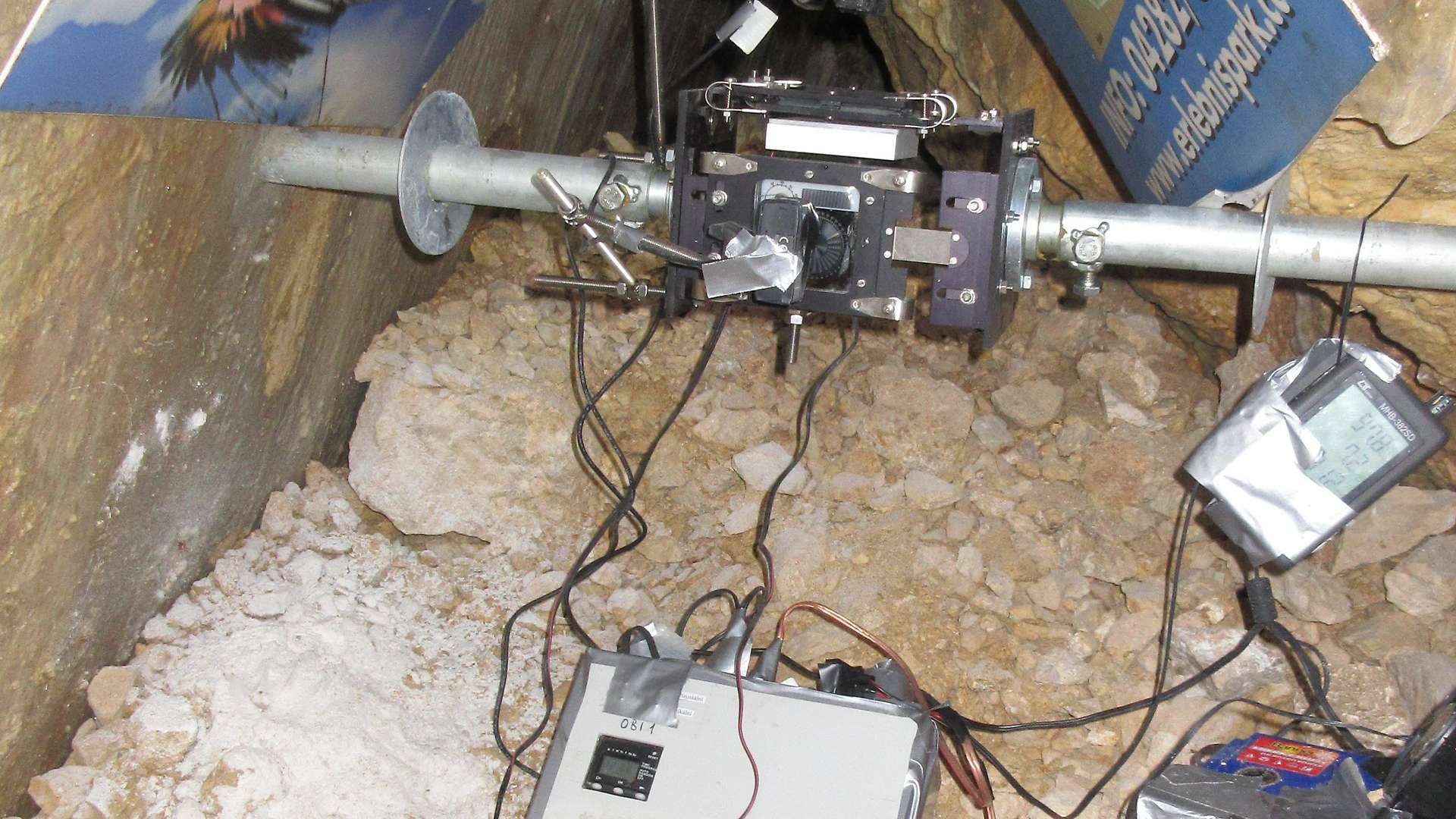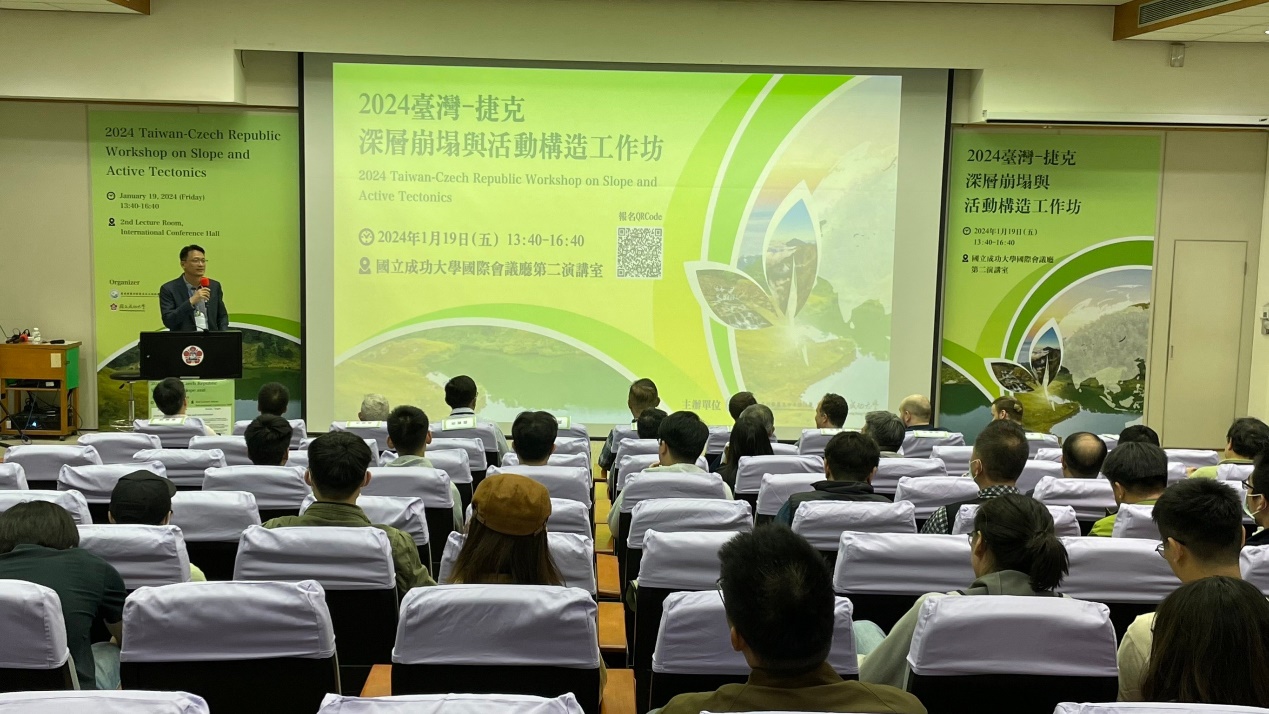
My major current research interests include present-day kinematic behavior of active faults in the Eastern Alps with respect to a seismic cycle, near-surface crustal stress variations associated with fault creep, and electromagnetic emissions due to rock deformation. I maintain the “Speleotect Network” consisting of high-resolution three-dimensional extensometers at active faults in the Eastern Alps. During my research career, I have achieved a broad experience with a variety of near-surface geophysical methods, such as ERT, GPR, airborne geophysics etc., mostly for surveying and monitoring large landslides and active faults. Besides of that, I have cooperated on several natural hazard projects, governmental programs and expeditions of the Czech Geological Survey and the Austrian Geological Survey. Scientific outcomes have been published in 33 articles in respected Scopus-indexed journals. My dissemination experience also comprises organizing international conferences, editing special issues and lecturing for the public.
I have also collaborated on development of innovative geophysical methods and devices. I published a new method of infrared thermal detection of open fractures in deep-seated rockslides and unstable cliffs. I coordinate an interdisciplinary team with the Technical University in Brno, in order to develop a geophysical sensor ADBER for registering electromagnetic emissions in caves to study the emissions with respect to tectonic strain. I also contributed to development of a novel magnetoresistive system for contactless three-dimensional fracture monitoring. A novel numerical method for present-day stress inversion from a single near-surface fault was developed in a co-supervised PhD research based on my monitoring data and demands.
Baroň, I., Sokol, Ľ., Plan, L., Melichar, R. (2019): Gravitational and tectonic stress states attributed to a deep-seated gravitational slope deformation near the seismogenic Periadriatic Line fault. Engineering Geology 261. https://doi.org/10.1016/j.enggeo.2019.105284
Baroň I., Plan L., Sokol, L., Grasemann B., Melichar, R., Mitrovic I., Stemberk J. (2019): Present-day kinematic behaviour of active faults in the Eastern Alps. – Tectonophysics 752, 1-23. https://doi.org/10.1016/j.tecto.2018.12.024
Sokol, L., Melichar, R., Baroň, I. (2018): Present-day stress inversion from a single near-surface fault: A novel mathematical approach. – Journal of Structural Geology 117, 163–167. https://doi.org/10.1016/j.jsg.2018.09.013
Blahůt, J., Baroň, I., Sokol, L., Meletlidis, S., Klimeš, J., Rowberry, M., Melichar, R., García-Cañada, L., Martí, X. (2018): Large landslide stress states calculated following extreme climatic and tectonic events on El Hierro, Canary Islands. – Landslides 15 (9), 1801-1814. https://doi.org/10.1007/s10346-018-0993-1
Baroň, I., Kernstocková, M., Melichar, R. (2017): Stress field reconstruction in an active mudslide. – Geomorphology 289, 170–178. https://doi.org/10.1016/j.geomorph.2017.04.020
Baroň, I., Plan, L., Grasemann, B., Mitrovic, I., Lenhardt, W., Hausmann, H., Stemberk, J., Can deep seated gravitational slope deformations be activated by regional tectonic strain: first insights from displacement measurements in caves from the Eastern Alps. – Geomorphology 259, 2016, 81-89. https://doi.org/10.1016/j.geomorph.2016.02.007
Baroň I., Bečkovský D., Míča L. (2014): Application of infrared thermography for mapping open fractures in deep-seated rockslides and unstable cliffs. – Landslides 11: 15–27. https://doi.org/10.1007/s10346-012-0367-z
Baroň I., Kernstocková M., Faridi M., Bubík M., Milovský R., Melichar R., Sabouri J., Babůrek J. (2013): Paleostress analysis of a gigantic gravitational mass movement in active tectonic setting: The Qoshadagh slope failure, Ahar, NW Iran. – Tectonophysics, 605, 70-87. https://dx.doi.org/10.1016/j.tecto.2013.07.020
Baroň I., Agliardi F., Ambrosi Ch., Crosta G.B. (2005): Numerical Analysis of Deep-Seated Mass Movements in the Magura Nappe; Flysch Belt of the Western Carpathians (Czech Republic). –Natural Hazards and Earth System Sciences, 5, 367-374, EGU. https://doi.org/10.5194/nhess-5-367-2005
Baroň I., Cílek V., Krejčí O., Melichar, R., Hubatka F. (2004): Structure and Dynamics of Deep-Seated Slope Failures in the Magura Flysch Nappe, Outer Western Carpathians (Czech Republic). –Natural Hazards and Earth System Sciences 4, 549-562, EGU. https://doi.org/10.5194/nhess-4-549-2004
International Association for Engineering Geology and the Environment
European Geosciences Union, Czech Association of Geomorphologists
Austrian Geophysical Society
Speleological Society of Vienna and Lower Austria


